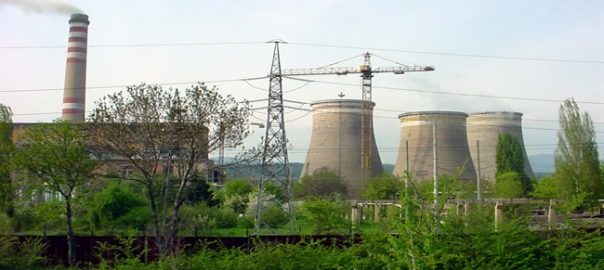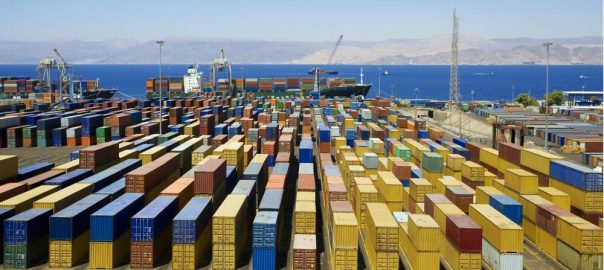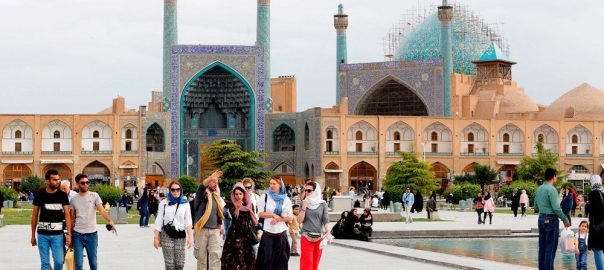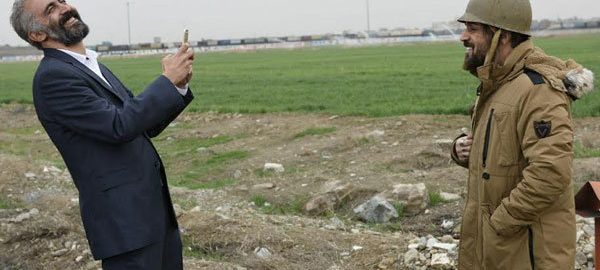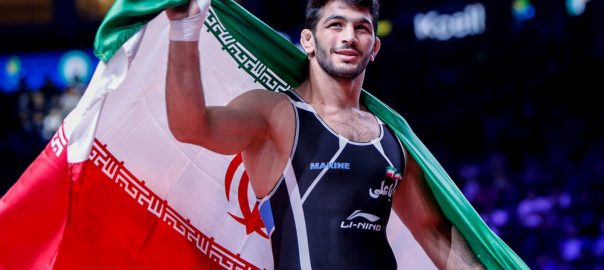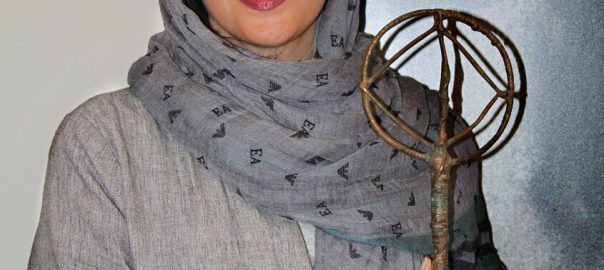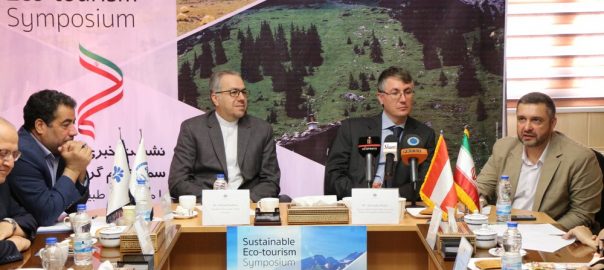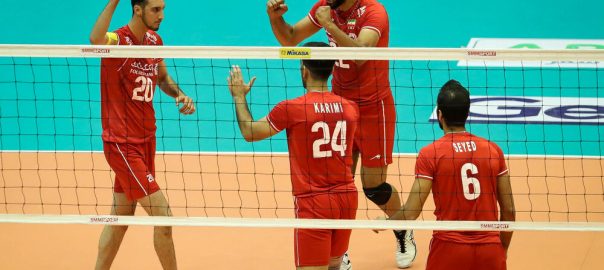An official from Iran’s Ministry of Energy said the country would launch new power plants with a capacity of more than 3,800 megawatts (MW) until next summer.
“Based on the devised plans, 3,864 MW worth of new power plants will connect to the national electricity grid before the peak of the next summer,” Mohsen Tarztalab was quoted as saying by Press TV.
The announcement means that Iran could add some 34 terawatt hours (TWh) of electricity to its current production of above 300 TWh, as authorities seek to both increase exports to neighboring countries and increase stability of the domestic network over hot summer months.
He said the share of gas burnt in thermal power plants across Iran had topped 90 percent until March 2019, an increase of nearly 10 percent compared to the similar period three years ago.
The official said plans were in place to turn many of the current gas-fired power plants to combined cycle systems (one gas turbine followed by a steam turbine in sequence) to reach a target of 40-percent efficiency in production.
A report by the Ministry of Energy in August showed that electricity output in thermal power plants, which accounts for 80 percent of Iran’s total power generation, had surged by 8,991 megawatts, or 78 TWh in energy terms, over the past six years.
Iran’s total capacity of thermal power is around 550 TWh although government data shows generation hit a record high of 287 TWh last year. / Iran Daily /

